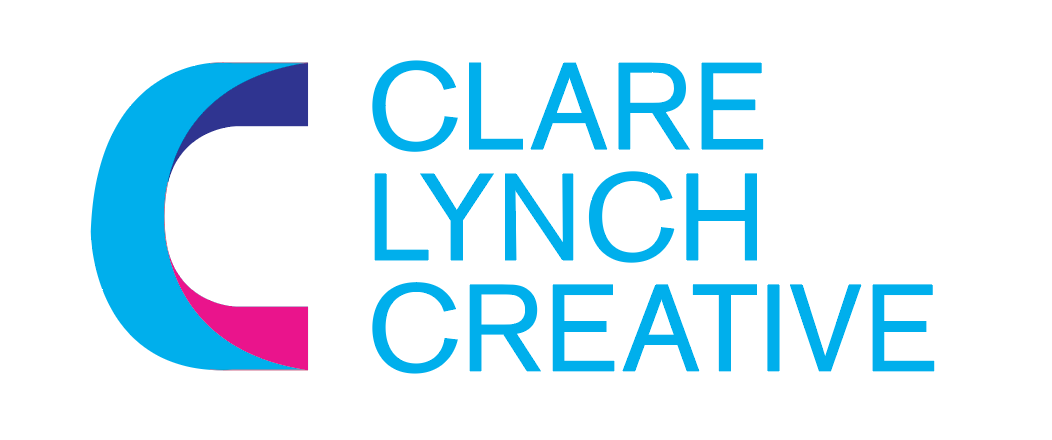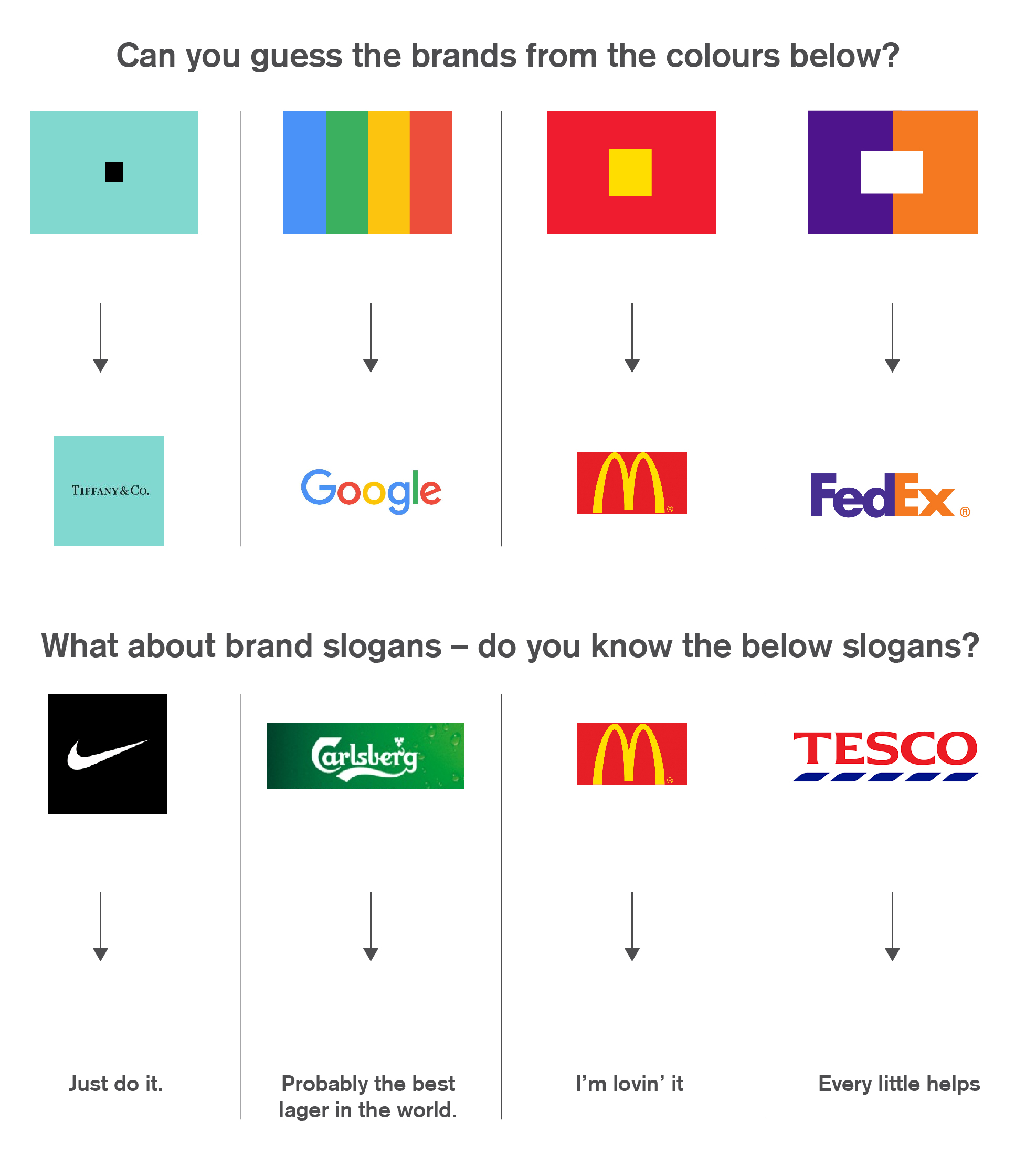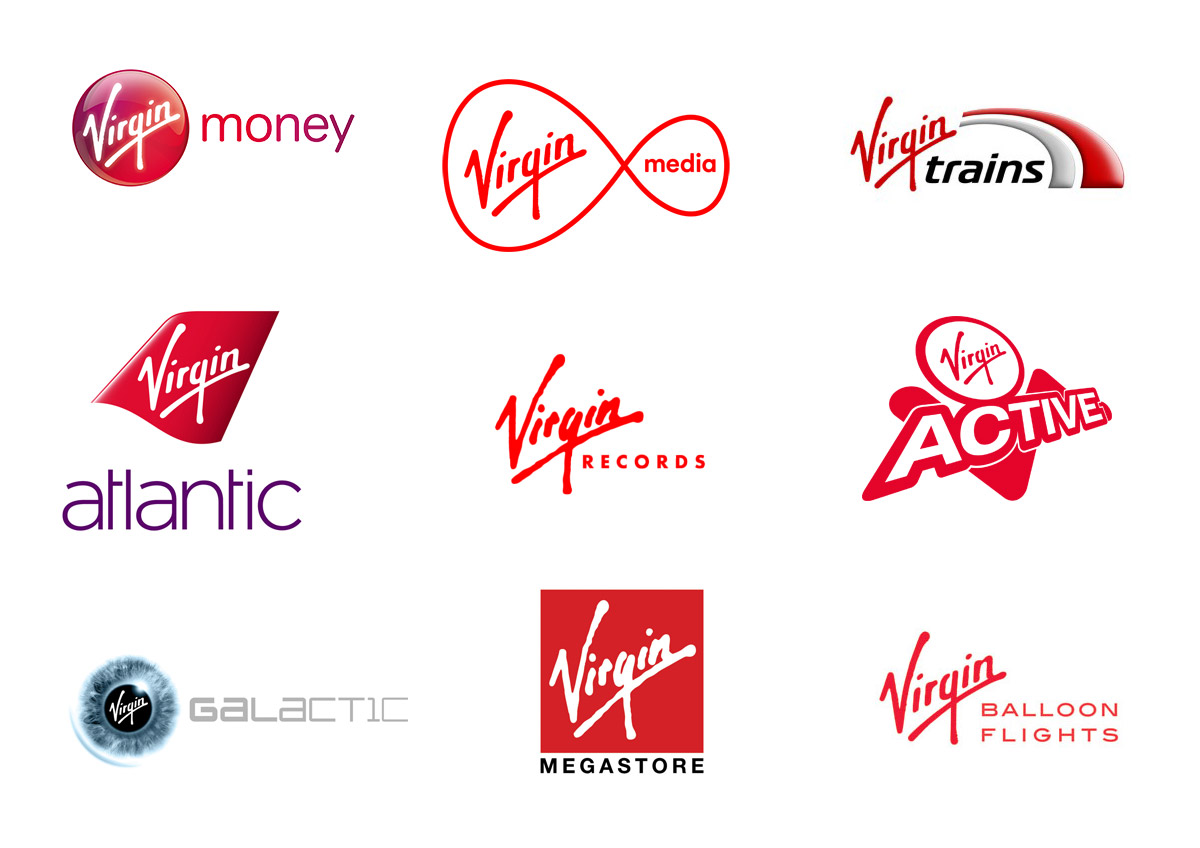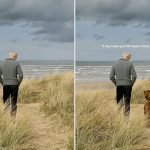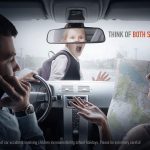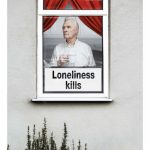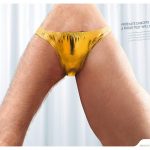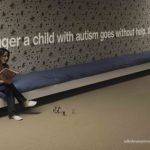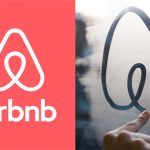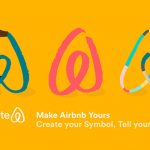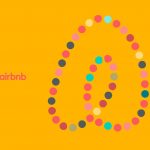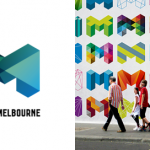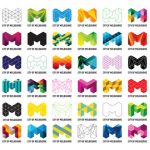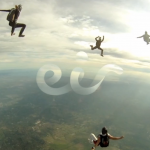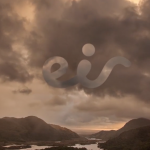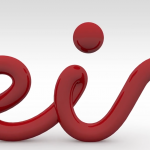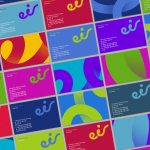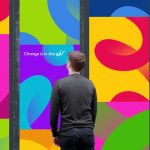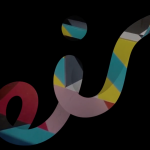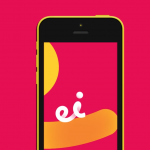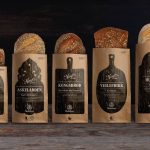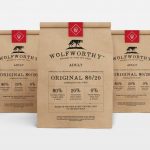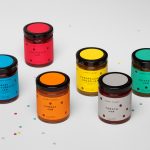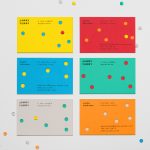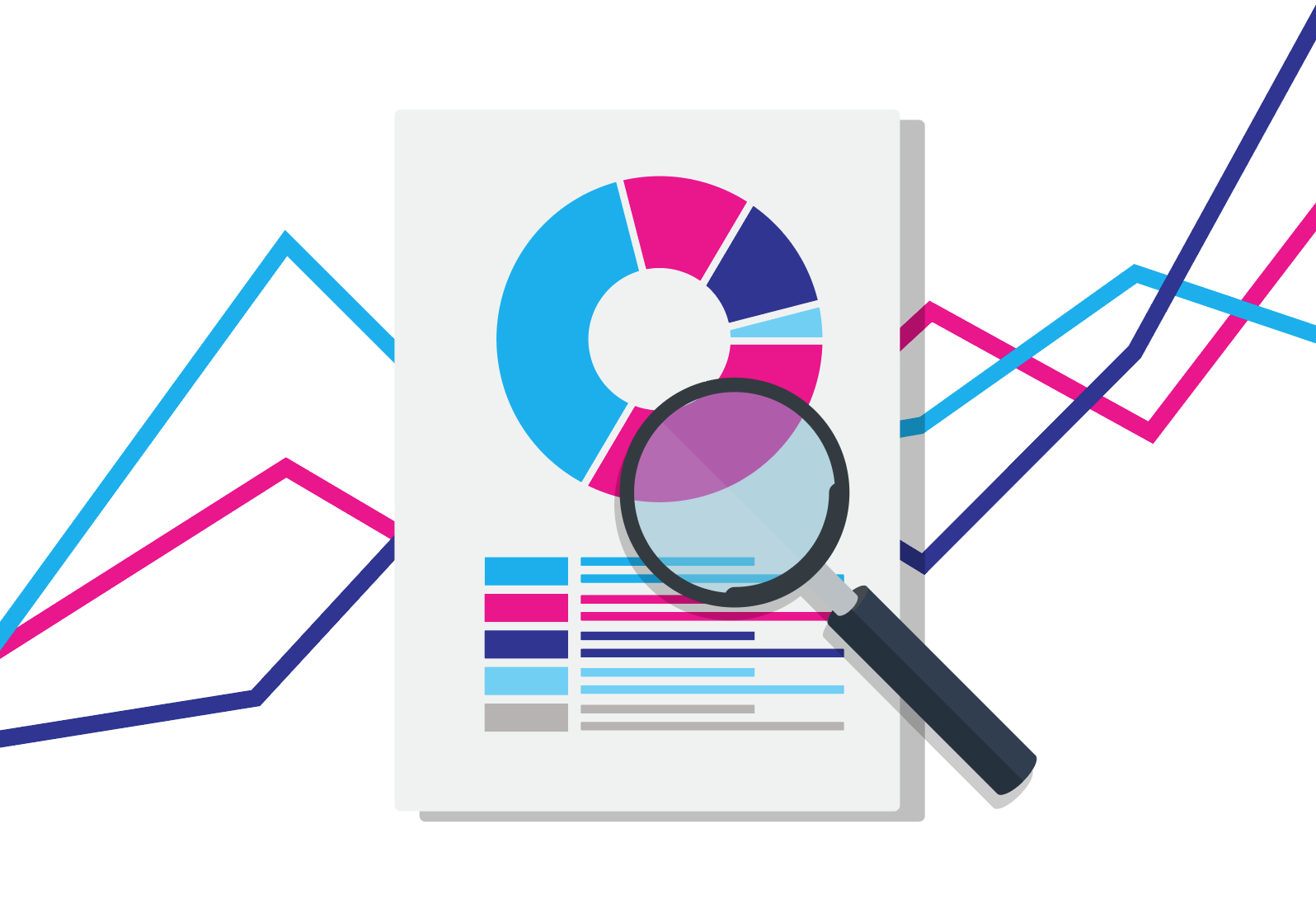Designing for the Future: Trends we Need to Consider Now
Design is something that has been around since the beginning of time. From the ten commandments of Moses or the Egyptian and stone age petroglyphs – using design to communicate a message is something that remains consistent. It has continuously developed in many ways over the years. From carefully crafted manuscripts like the Book of Kells, beautiful Japanese & arabic calligraphy or the use of colours to represent a group’s coat of arms in country and battle – the use of design to communicate is ever evolving.
In todays society, we don’t even need to see or hear the name of a brand to know what it is. We can guess a brand’s name by seeing their colours. We know their taglines and associate them with everyday life. We hear a song playing that a brand has used and immediately think of that brand. See some examples below:
Audio:
I’m sure you’ll guess this brand’s name and slogan without needing to hear anymore:
In this article, we are going to look in to how design is evolving and changing in more recent times, and give thoughts as to what’s next to come with design in the future and the trends to consider. My name is Clare Lynch. I have over ten years professional experience in design – from learning the ropes at worldwide branding agency The Brand Union, to working freelance internationally in branding, advertising and packaging agencies in Australia, New Zealand and Spain – before going on to establish Clare Lynch Creative. I now share my experiences through guest lecturing, this blog, and collaborating with other designers. I have been featured on featured on the 100 Archive and Packaging of the World and also take part in exhibitions annually.
The Power Of Design
People are becoming increasingly aware of the power of design and brand, both the general public and large companies. Design thinking is being brought in to the curriculum as part of many business courses in university today to keep up with market demand. Global technology companies like IBM, Facebook, Google and Amazon are placing more focus on hiring creatives within their organisations. This is a good time for designers. In the past, there were times when companies saw design as one of the first things to be chopped if budgets were tight, but now companies are more aware that maintaining design, creativity and innovation within a company is key to continued strength and growth and placing more importance in it throughout their organisations.
Trend 1: Be Adaptable – Innovate or Die
They key to success of a brand within the current climate is to be adaptable. Brands should know their values, strengths and the uniqueness of what they offer but not be stuck to an exact rigid mould. With the high growth in everything digital in the past decade, everything is evolving at a much faster rate. Brands need to keep up with this. An example of a brand that has not adapted as well to the digital era is Kodak – it was one of the main leaders in photography in the past, but now it has taken more of a backseat. It’s important that companies reposition themselves when faced with change. It’s key that they are active in different market segments so that they are not wholly relying on one. An example of this applied really successfully is Richard Brandson’s well-known brand ‘Virgin’. He began with Virgin records, which then became Virgin megastore (big thinking!) and now has amassed a huge range of sub-brands under the Virgin name – Virgin Airways, media, mobile, fuels and more to become a billionaire. Another good example of brand evolution is Red Bull. It began as being an energy drink and now it is also hugely known as an extreme sports event and content provider. ‘Innovate or Die!’ has been a buzz expression of recent years which sums this up perfectly.
Trend 2: Customer Led Design – Purpose and Connection
Consumers have access to a huge amount of choice and are more educated on their options. They are leading the way with their choices. With the increased use of data to acquire knowledge on consumer behaviour, brands are thinking of the customer first with their design – what does the customer want, what motivates them, what can we offer them that is different or improve things for them? An example of this is how some banks created advertising campaigns informing consumers of new opening hours that actually suit the customer – before and after work – rather than previously where the only option was to use your lunch-break or personal time up to go.
Trend 3: Customers as Brand Ambassadors
Consumers today often align to a brand before there has been any touch point between the two parties. This way, there is no big sell. There is no cold calling. There is designing and building a brand based around the core values of a business and then communicating this publicly via their website, social media and any form of external branding – so the customer has already decided you fit with their values before any meeting. You are a match! When they are buying or using the product or service, they will share it and tell others about how good it is – they become a company’s brand advocates. They didn’t need to be asked or paid to do it – they consider themselves inline with what a company stands for and share the same vision.

Trend 4: Authenticity
A trend that is strong with brands today is being authentic and representing real people and empowering them. Advertising campaigns are designed to encourage people to be their best self and use messaging that is supportive. Dove’s Real Beauty advertising campaigns are a good example of this (see images below). Dove focussed on women celebrating their bodies and perceived ‘imperfections’. The campaign was a big success as it didn’t try to push an idea of perceived perfection by the media that women need to strive for, but rather is more about empowering women to love themselves and they have even set up a ‘Real Beauty and Self-Esteem Fund’. A company who didn’t get this so right was Victoria’s Secret who created a campaign called ‘The Perfect Body’ featuring tall, thin models which received much backlash from the public – who are tired of having the ideal of a ‘perfect’ unattainable body pushed on them in the media and even prompted a Change.org petition.
Nike’s ‘Find your Greatness’ connects to people in a similar way. The advertising is designed to be based on the person and not their brand (the brand delivers the message but it is more like a facilitator). The message is that they help you believe in yourself and the pitch they offer is for your life to be your best rather than pushing how great they are.
You’ll notice the power of words and language in many of these campaigns is a key feature. Many less successful brands will often overlook this. The significance in the choice of words used in design and how they can help to communicate the message and values of a company to the consumer is an important aspect in creating a successful brand or campaign.
Trend 5: Storytelling
Storytelling is one of the oldest traditions in time, and has passed from generation to generation. Stories can capture your audiences imagination and heart and helps them emphasise with the people in the stories. It helps people visualise a bigger picture and connects to their values and beliefs. They align with the idea and vision that the story creates, and often to what a brand can help them achieve. Design thinking comes in to play with storytelling – first, it’s necessary to establish the problem that needs to be solved or the desired outcome to be achieved (the meaning or purpose behind it), then the next step is the process of deciding what methods are necessary to get there and begin taking them steps to create a narrative that will reach the target audience, from the initial point of interest to delivery the peak of the story. It’s also used with new brands at present to give an insight in to what they stand for. Have a look at some examples below, with eir they are telling the story of the type of brand they are and with the advertising options they are telling a stronger message to tug at the heartstring. They all tell a clear story. Storytelling within design is a strong trend currently and looks set to continue.
https://www.youtube.com/watch?v=lUtnas5ScSE
This funny video of people falling over while texting has a sh…
This funny video of people falling over while texting has a shocking ending. #ItCanWait
Posted by Daily Mail on Saturday, July 15, 2017
Trend 6: The Digital Era
We are living in a time where technology is constantly expanding – instant sharing of information as it happens, Facebook Live video streaming, Snapchat, tagging in, the list goes on. Brands now need to be accountable. If they promise a certain service and they don’t deliver, their social media will be attacked. There is nowhere to hide and a brand can be destroyed quickly in that way if they aren’t careful to react and adapt quickly. Brands need to be responsive and engage with their audience. It has brought about offering an increased level of customer satisfaction and meeting the customer’s needs – with the goal that the customers will be the brand ambassadors for the company.
A trend with new or refreshed brands designed for larger companies in the past few years is interactive logos – in colour, in shape, in motion – they are alive, they are moving. They aren’t a static item to sit in place, as in the past. Some examples of this are Airbnb, Melbourne City and eir. They are transforming within a number of colour schemes and weaving in and out of their shape and structure. Brands are becoming more than just an initial suite of graphics created with a new brand launch, they are still relevant but just a part of it. Generally the larger brands will also release a video of the logo in motion, giving a further insight into the brand culture (see the example of Airbnb’s video below). What will remain consistent is the purpose and values that each company is built on.
Trend 7 – Artisan & Hand-Crafted
Hand-crafted, bespoke, artisan design is in highly sought after at present. There is a huge growth is the demand for all things natural. This trend is almost in backlash to how everything has gone so digital and mass-produced with the advancement in technology. From areas such as the slow-process of letterpress printing, calligraphy, hand-drawn illustration and lettering, use of textures and natural earthy tones, to packaging which has an earthy and hand-made feel with its use of material – anything which has an organic and original feel to it at present, holds higher value – a push away from things that seem really commercial and manufactured. I envision a mix of these two moving forward. People love the choices and interactivity that digital brings but are now seeing more value in hand-made authentic design that is bespoke and unique. See some examples below and video here:
Trend 08 – Data Analytics: Knowledge is Power
We are all well aware how much our actions are recorded online. How much is too much? It’s hard to say. But what we must admit is the fact that this data is power. It enables us to understand consumers better and realise what drives them, depending on what attracts their attention to click on and what doesn’t. This is a great tool to consider for design at present and it will continue to grow and be used in more and more efficient ways in the future. There has been a huge rise in designing data in the last few years through infographics, which can present statistics and data in a really beautiful and clear way, when designed well. I think it will be interesting to see how the area of data analytics and the information it gives us develops in relation to design in the near future.
Trend 9: UX Design – User Experience
User experience (UX) design is when a product or service is designed to add more value to the consumer in how they interact with it. It can be disruptive, where it breaks the norm, by adding joy or amusement to the consumer. Consumers are inundated with messages, advertisements and constant connection to media feeds via their phones. It has been proven that the average attention span has dropped from 12 seconds to 8 seconds. Therefore, companies need to be more meticulous to ensure that they catch and hold the interest of a consumer. User experience is an analytical process that considers all touch-points of the experience that the user has with the product or service. UX design covers areas including:
- Graphic design / user interface design
- Language and communication
- Ease of use (accessibility)
- Researching the environment where the user comes in to contact with the product / service
- Level of efficiency
- Brainstorming
- Gathering information
- Planning how to bring the best possible experience to the user
- Testing, evaluating and refining
User experiences in action:
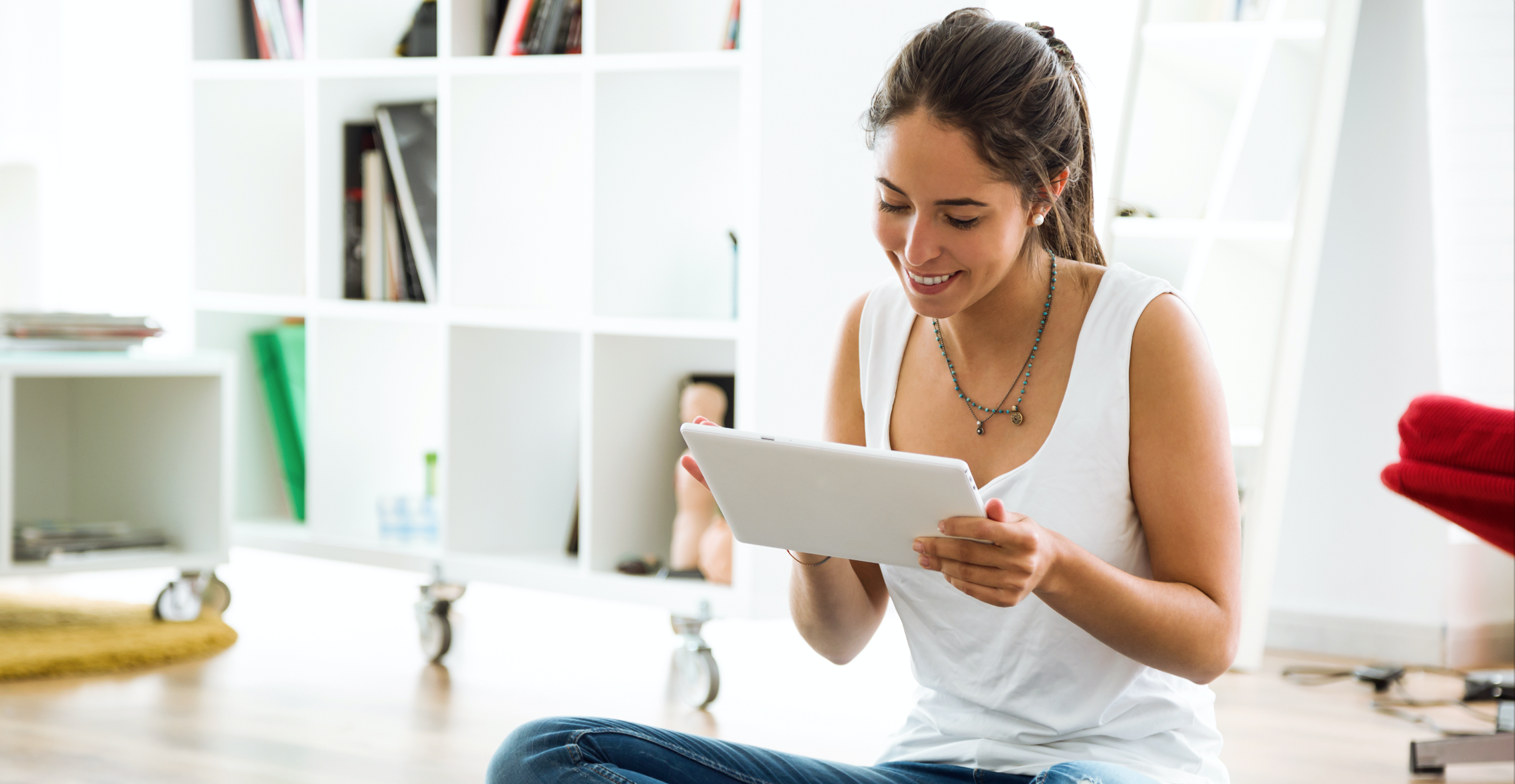
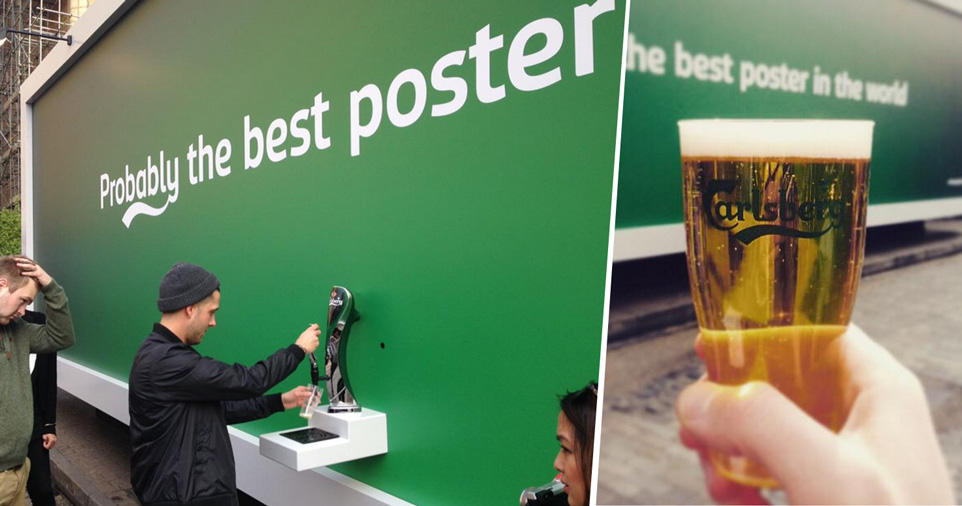

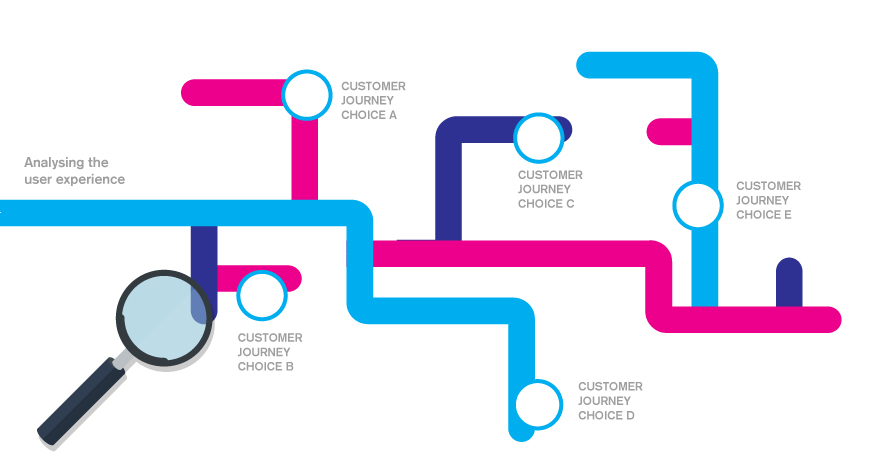
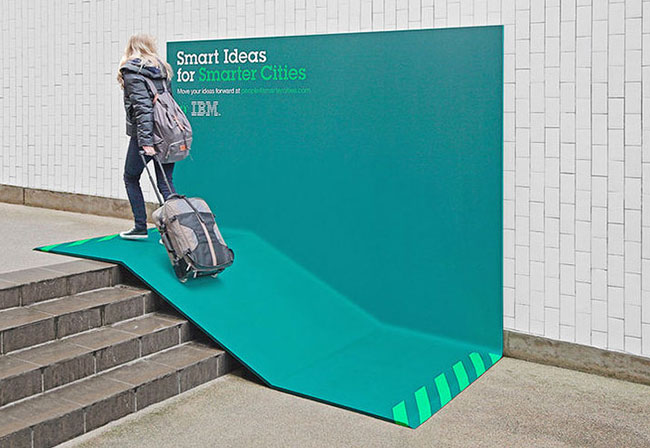
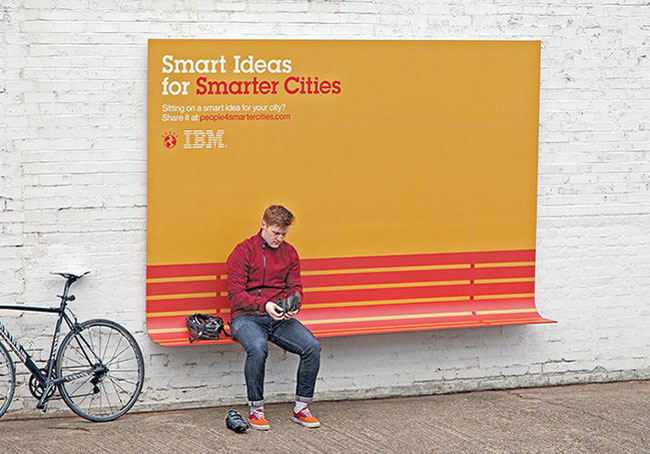
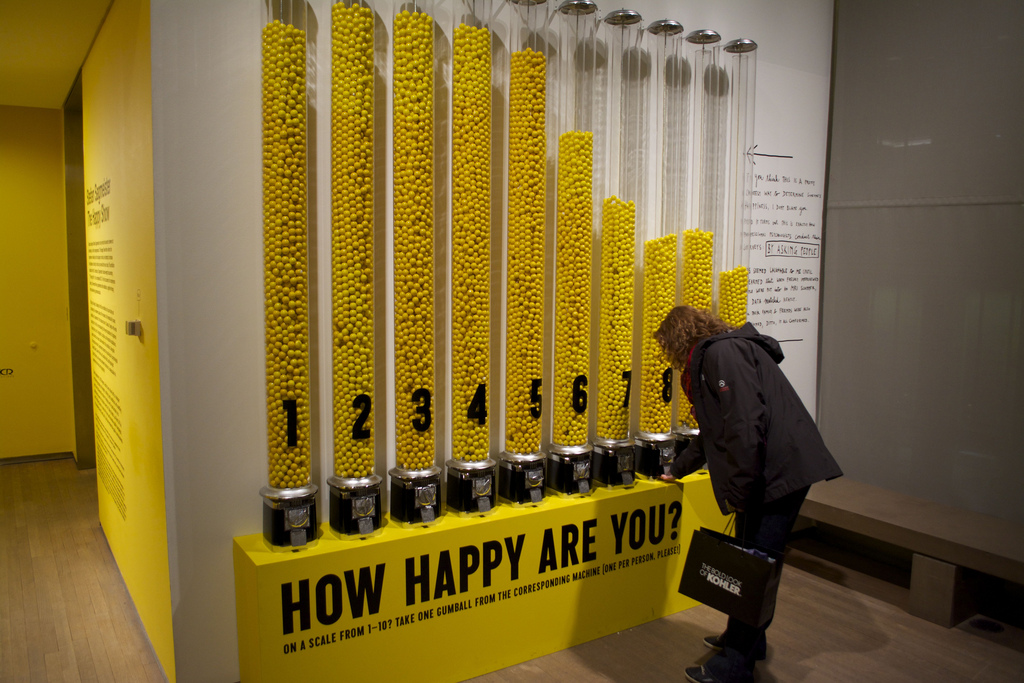
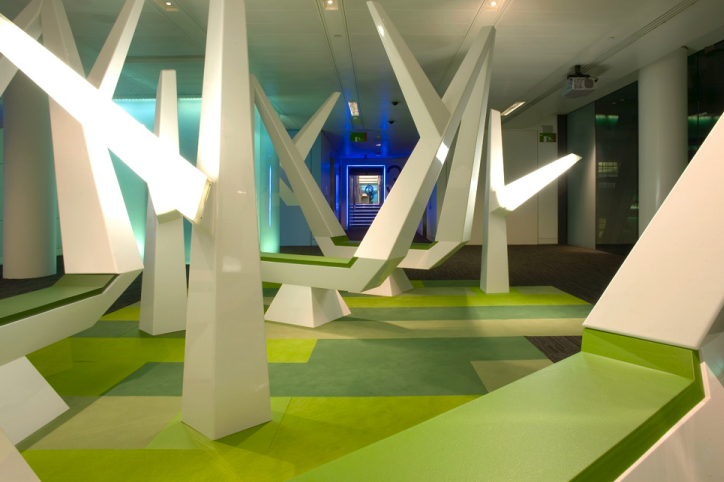

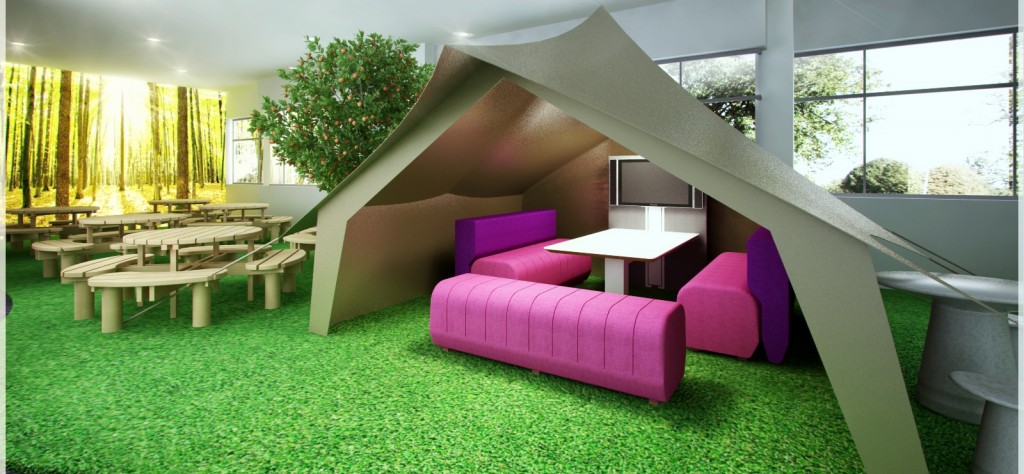
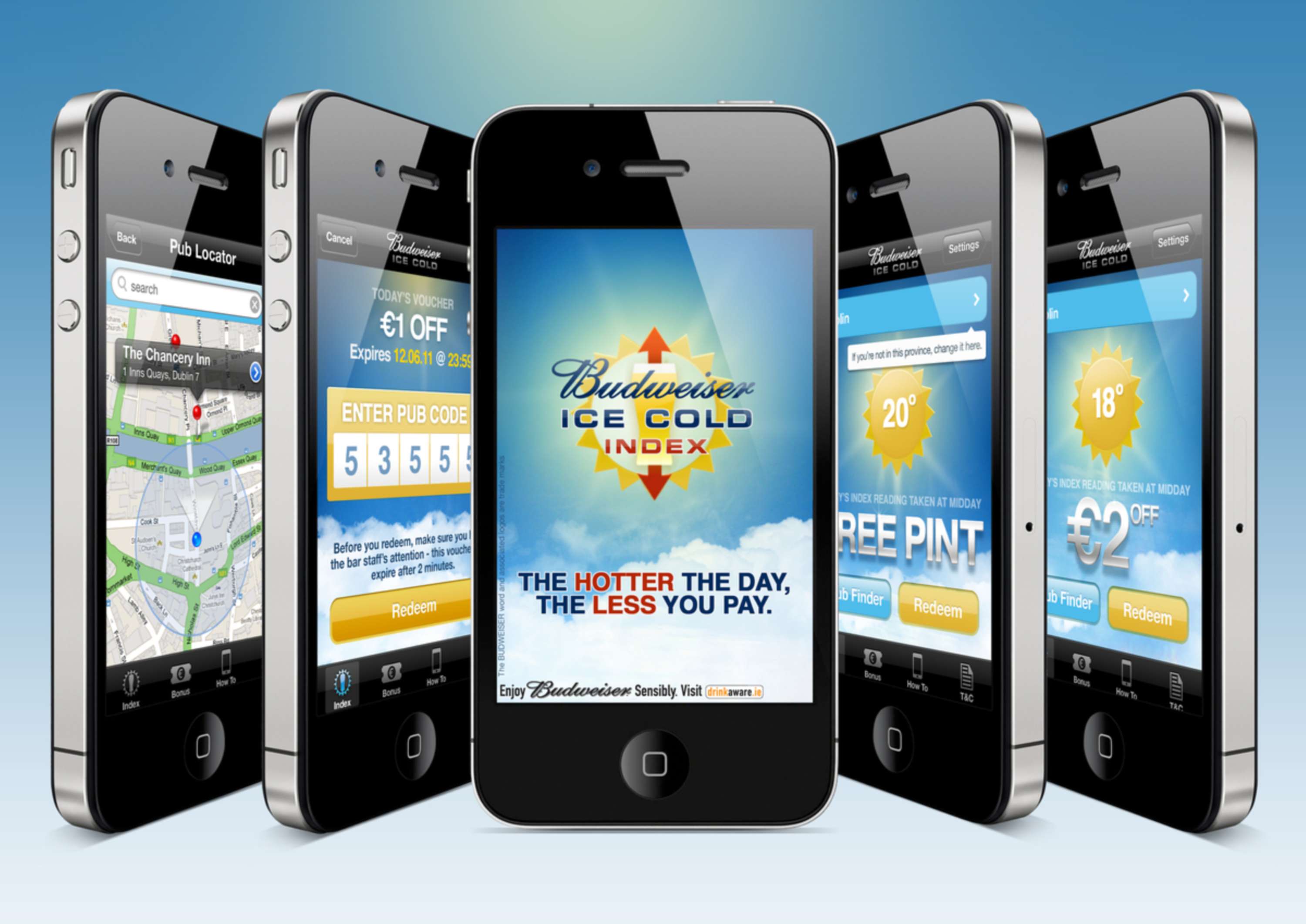
Design Trends – Concluding Summary
This is an exciting time for design, I look forward to see how it progresses in the many new digital arenas evolving at present and to come in the future. It’s always important with design to be aware of current trends and the impact they are having but to continue to design based closely on the brief and the objective of each project, rather than blindly following a current trend, which may not be the correct fit for the particular brand or project. The original fundamentals of good design are still the same, we need to continue to learn how to adapt these skills to the many new realms where design lives in today’s digital culture.
What excites me is design that peaks my interest and manages to pull me out of my normal thoughts / routine. Something that adds value – whether it’s by entertainment of using humour, or by the clever use of shape of packaging as in some of the examples I have shown below. Or something that is really clever and makes me think and inspires a reaction from me. when this is done well in design, it’s really stimulating. Often companies will shout messages at you in the most obvious ways, but I find the best ones are the ones that are created with clever thought and well implemented with their design. I try to always bring this in to my work also. I will like it more because it has given me that value to take me away from the norm. See some examples of this from designers from all around the world below.
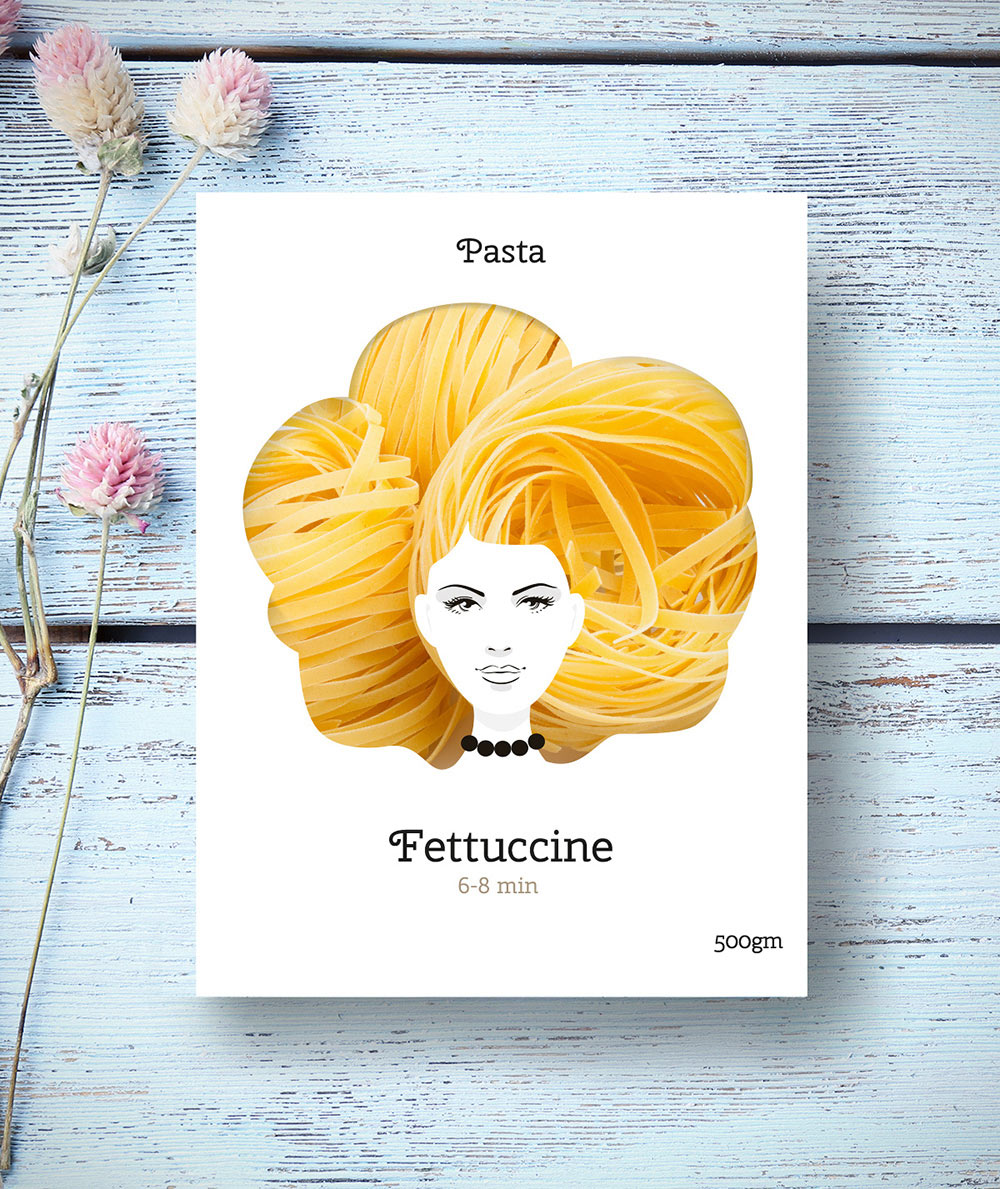
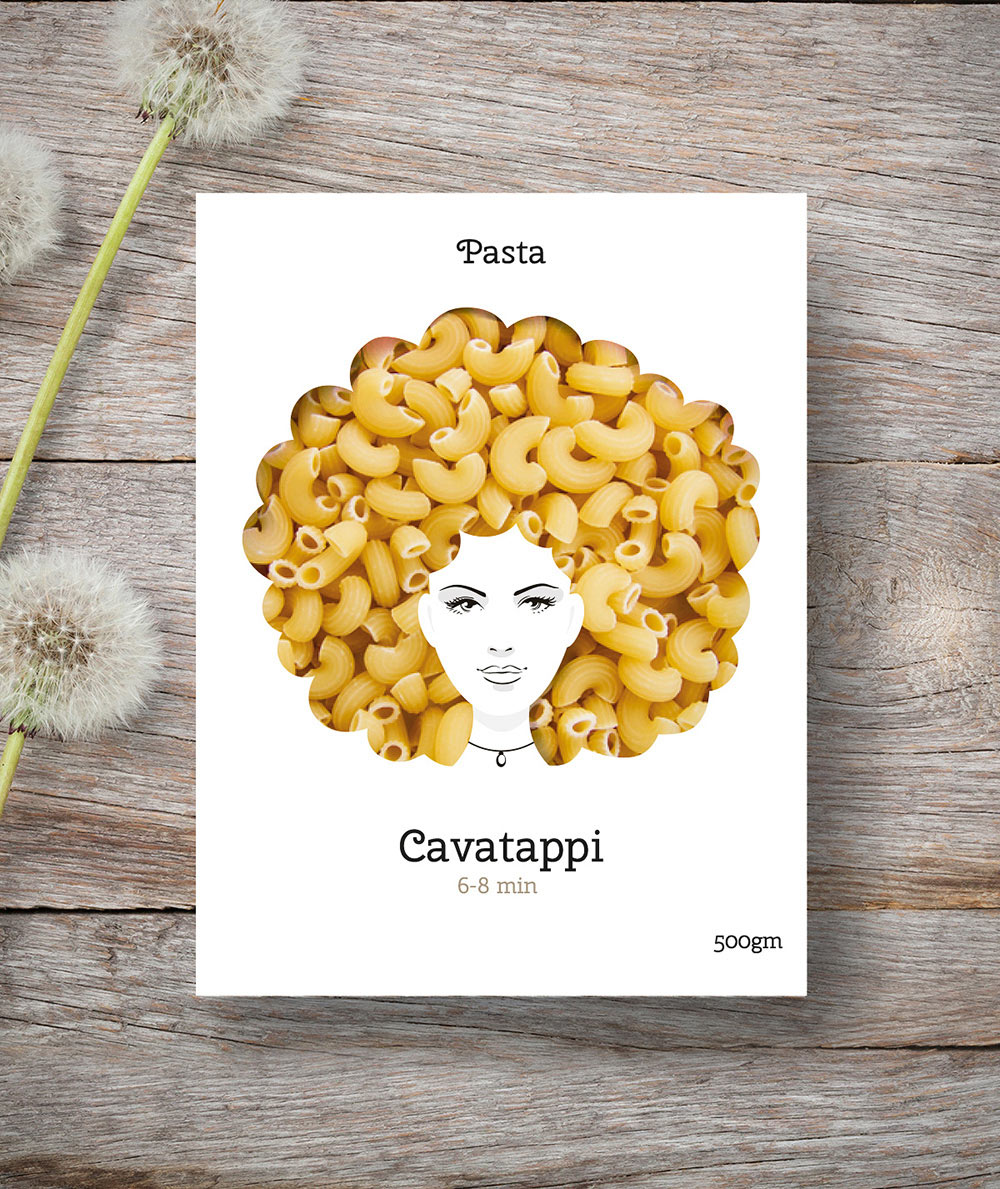
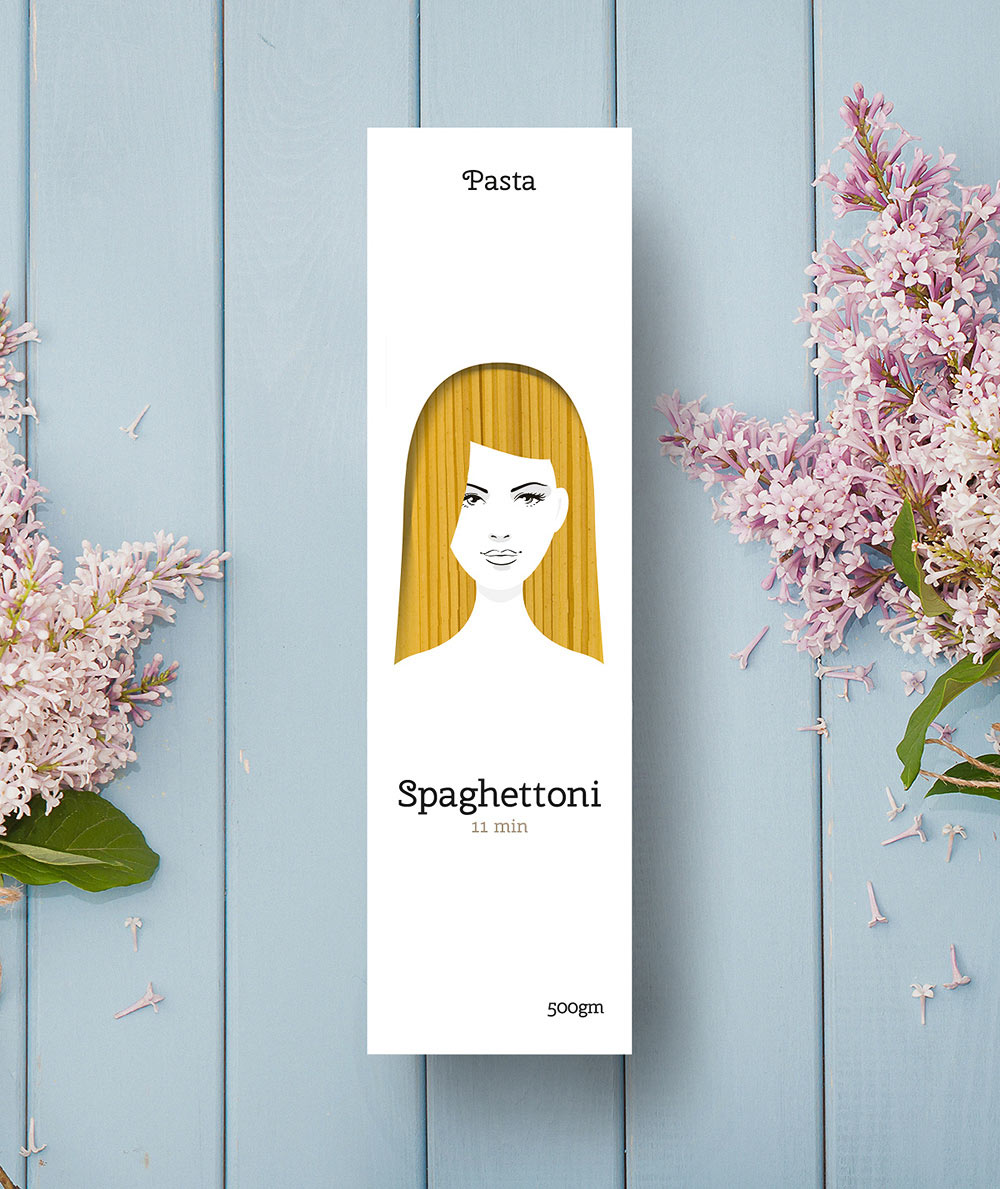
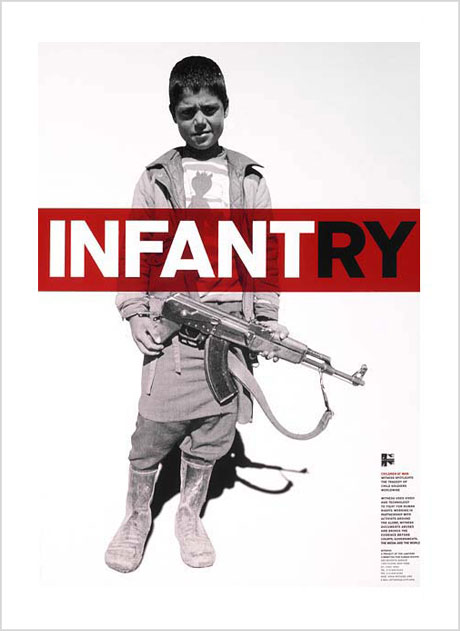
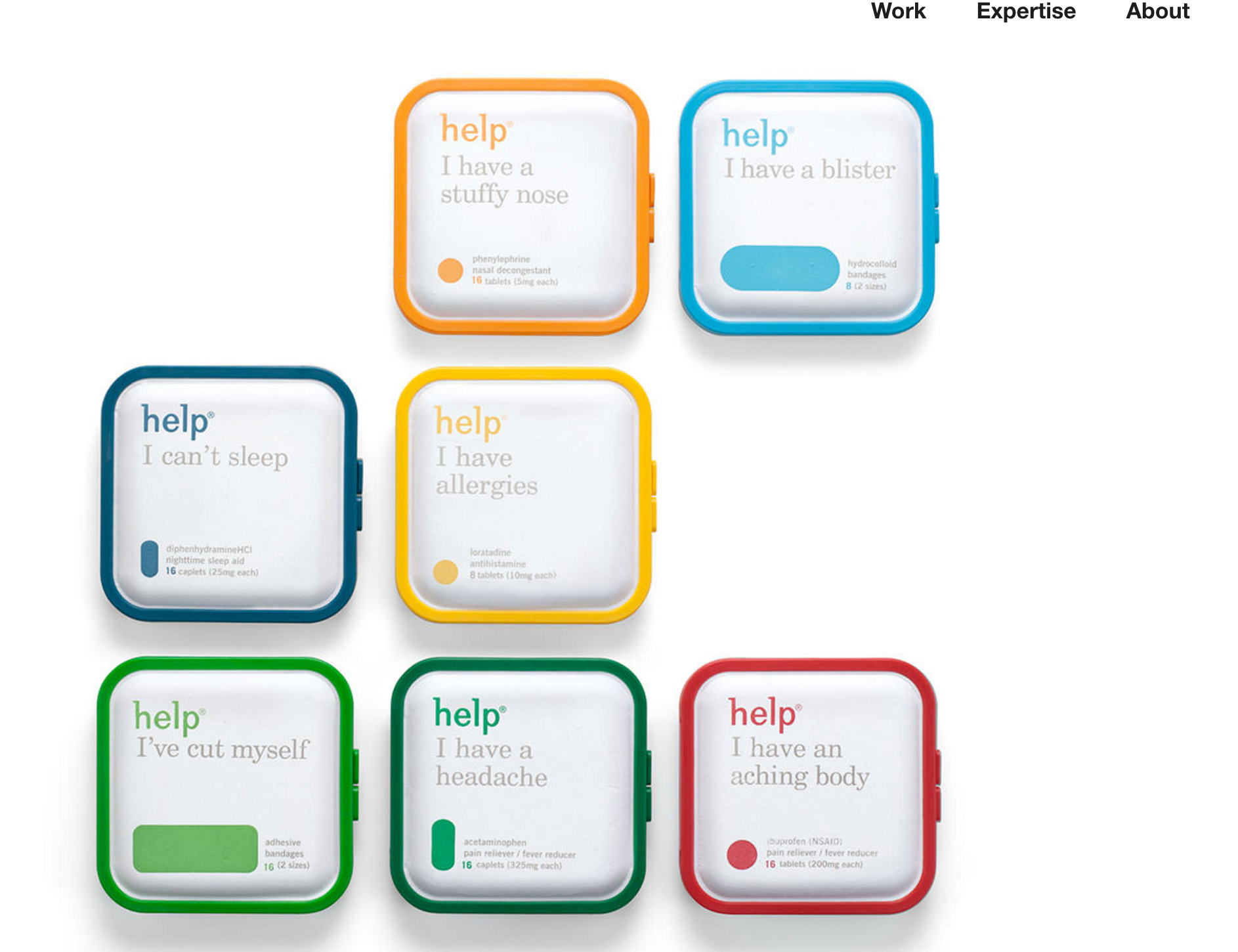
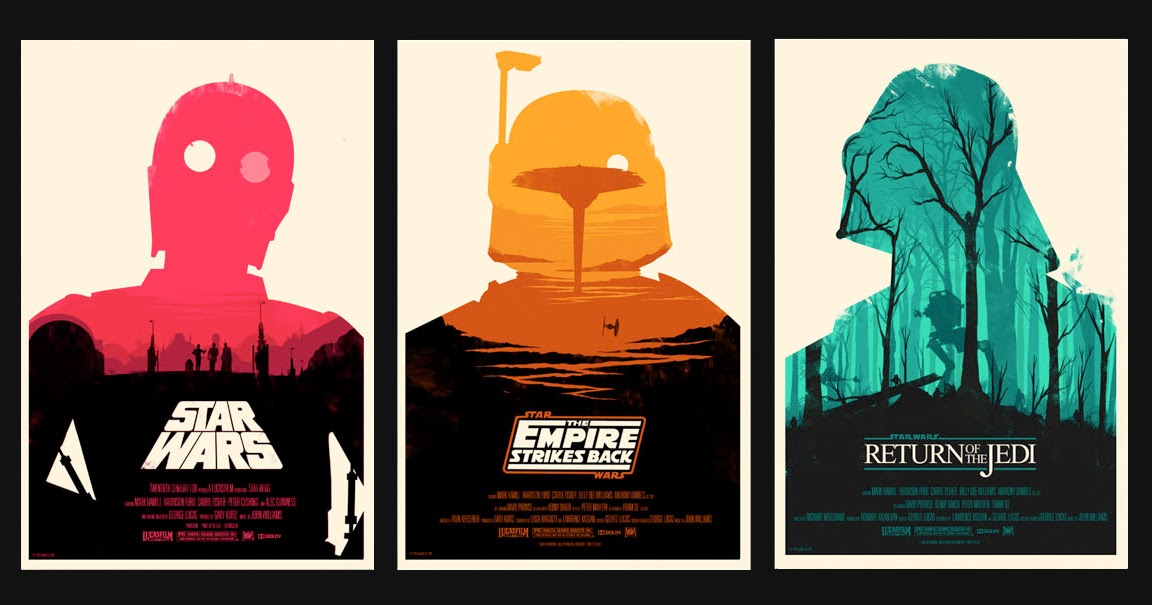
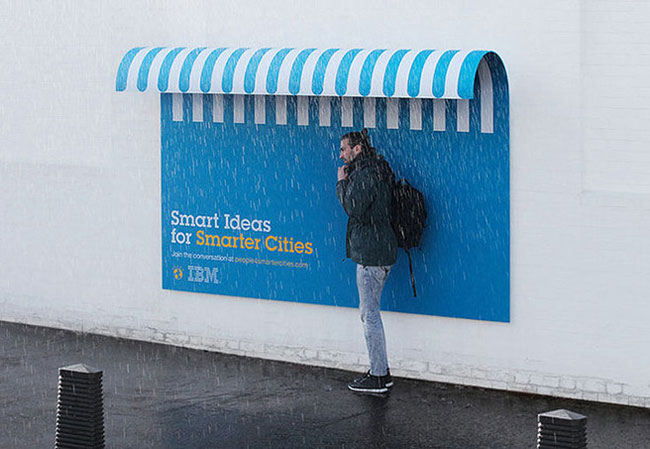
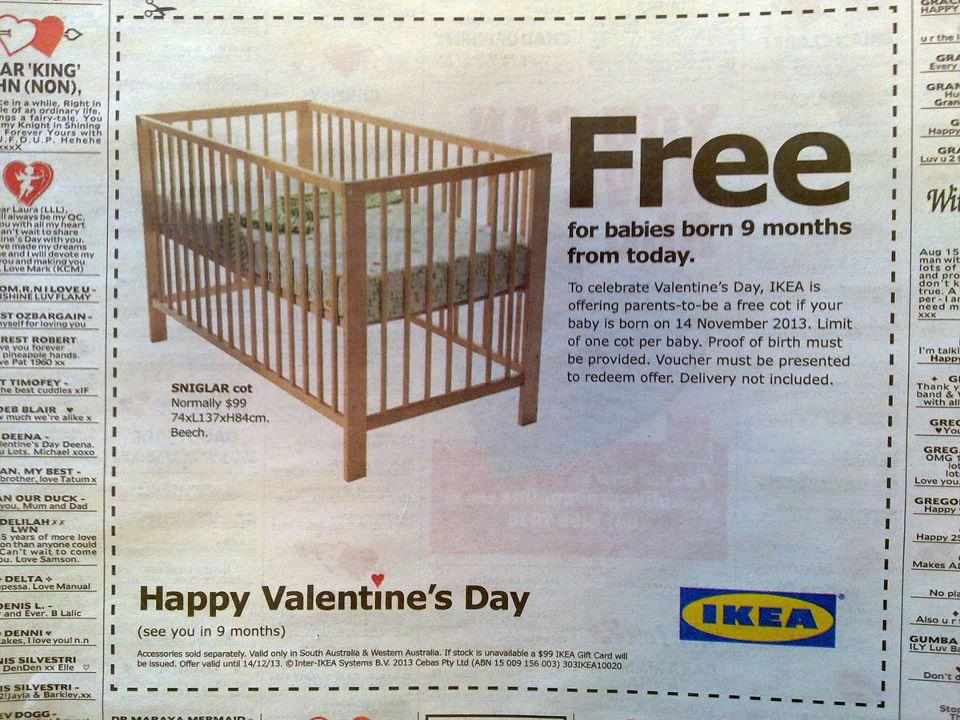
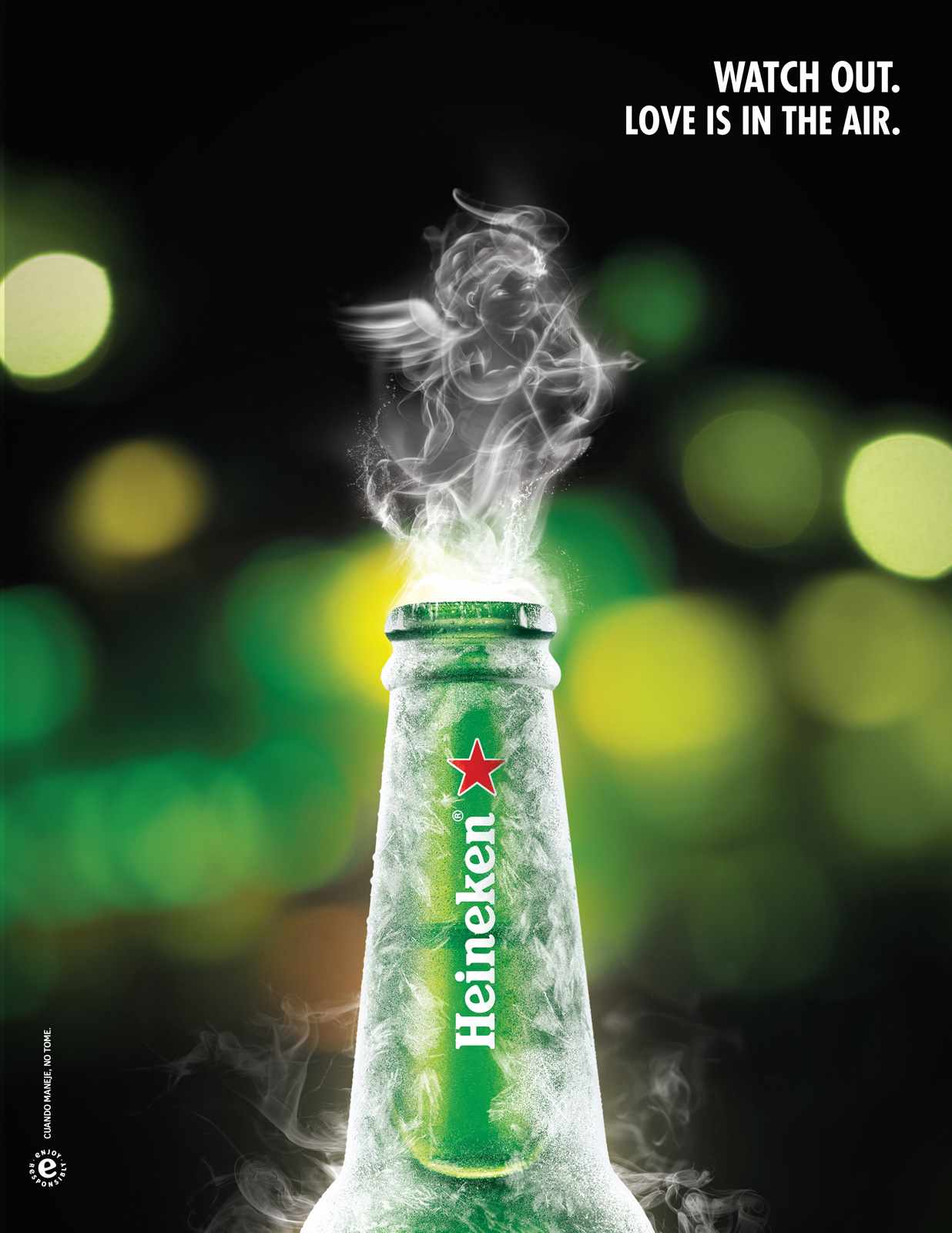

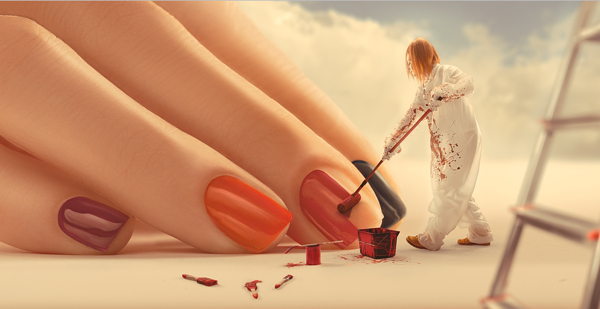
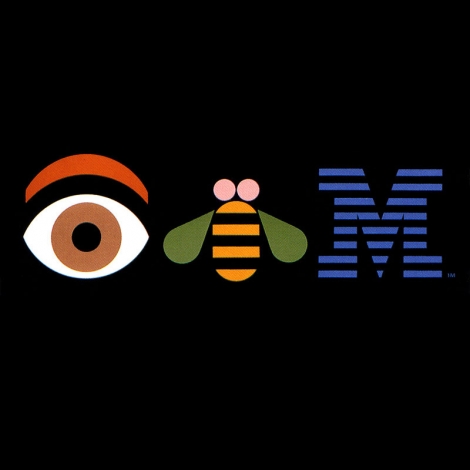
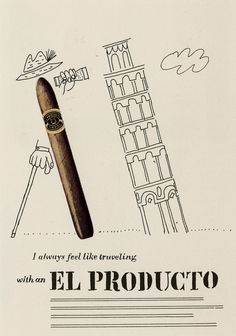
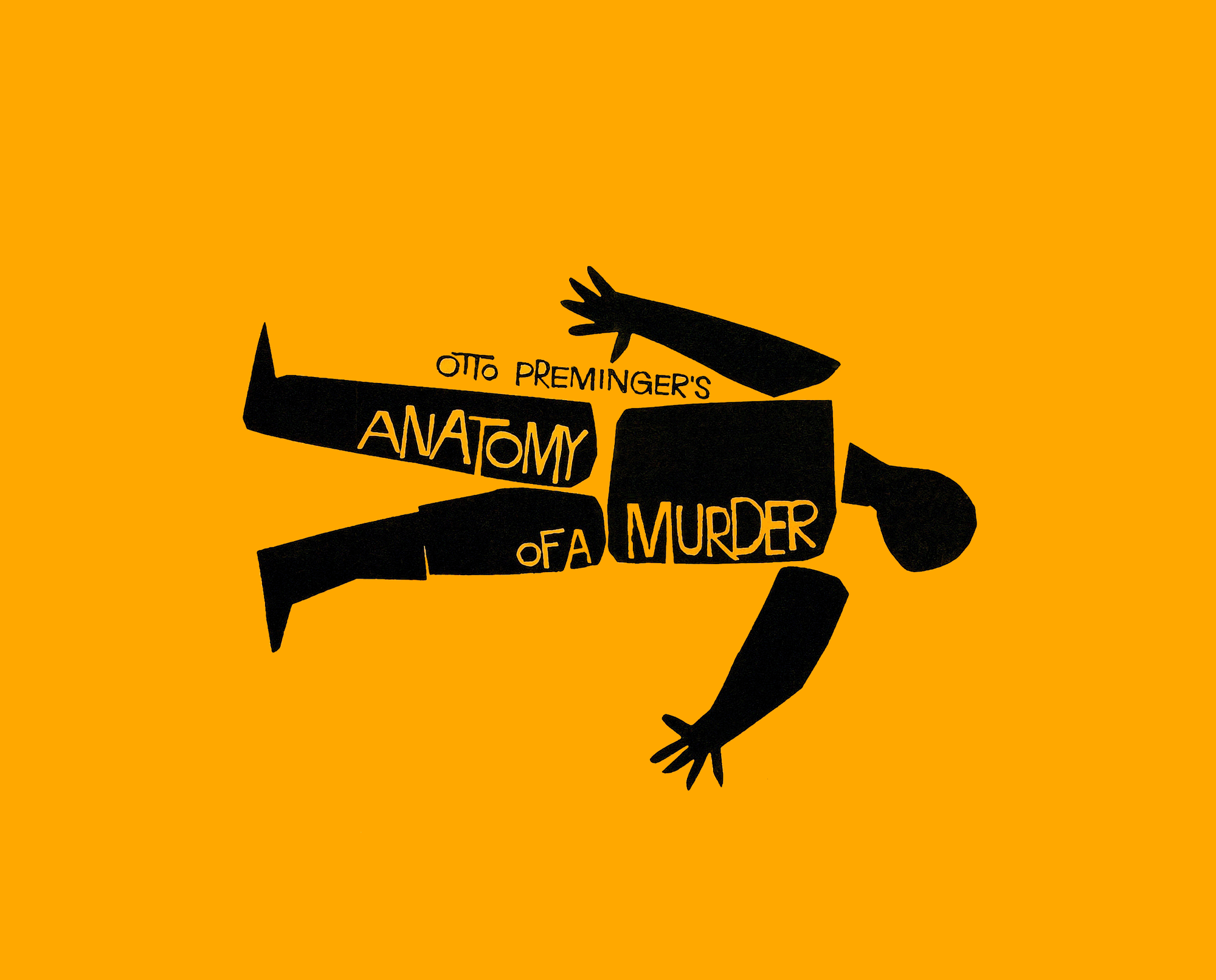

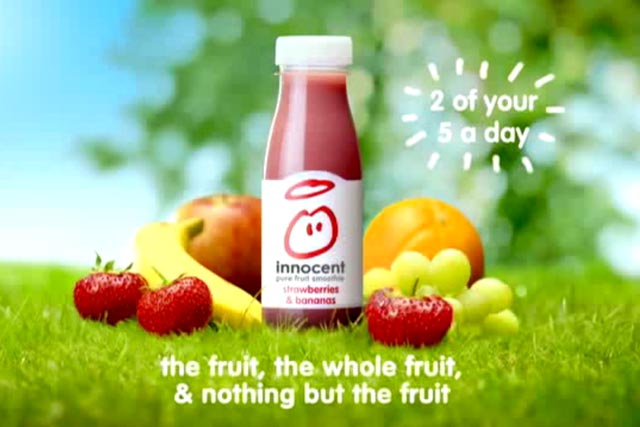
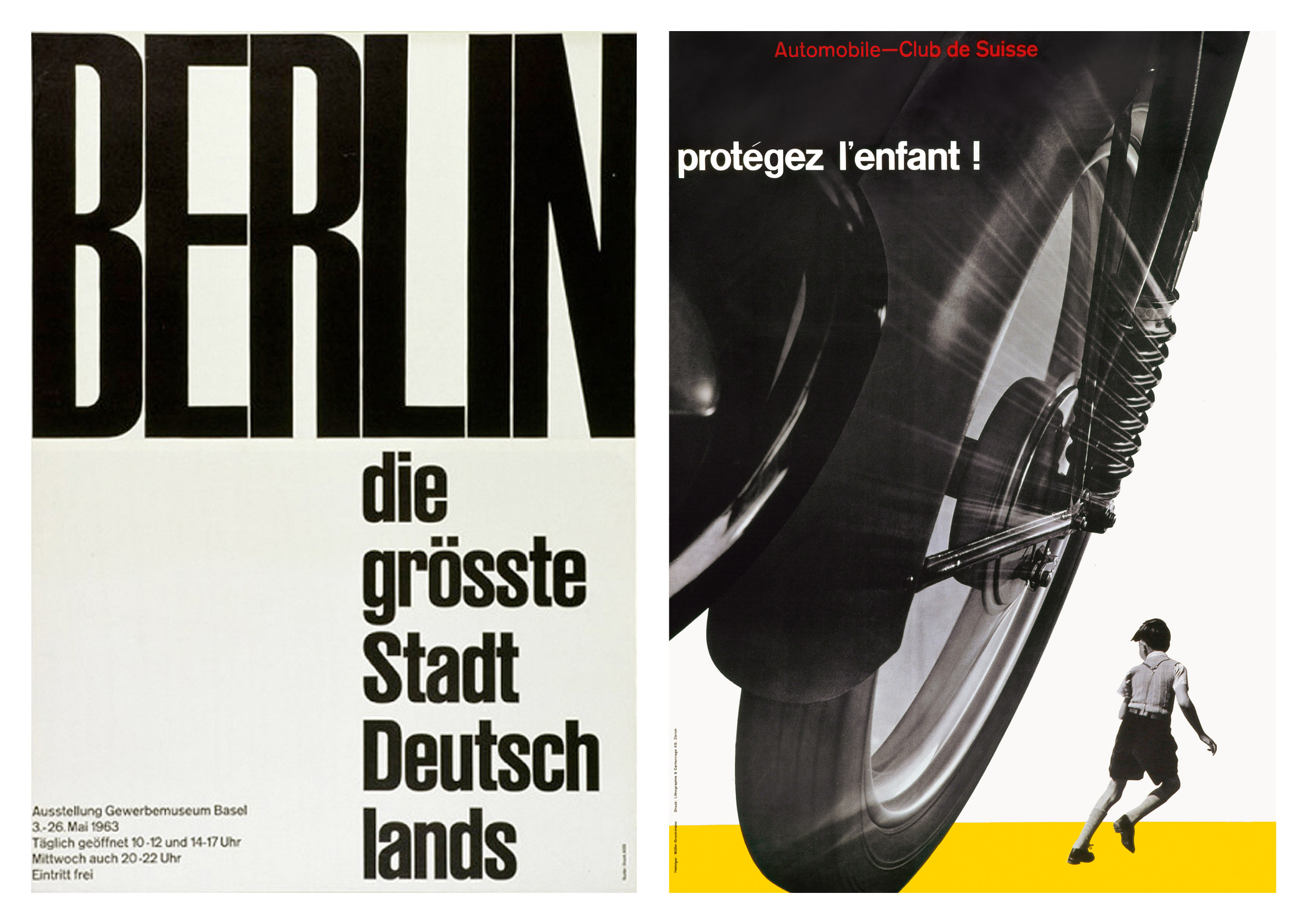
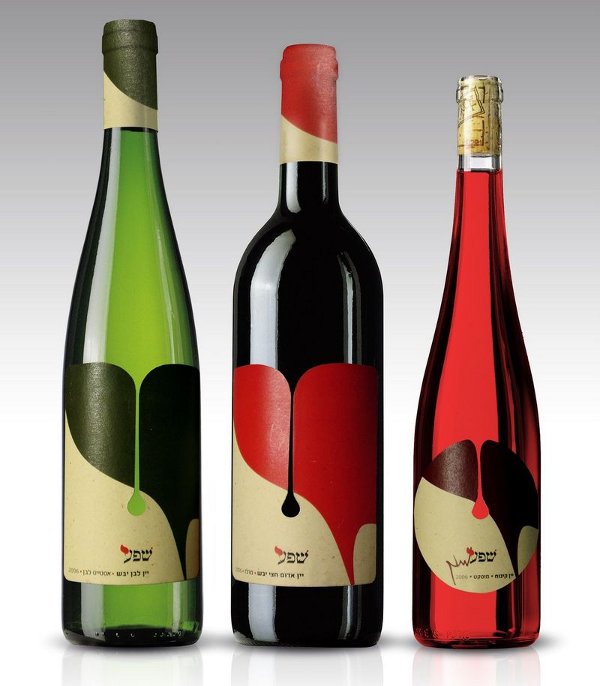

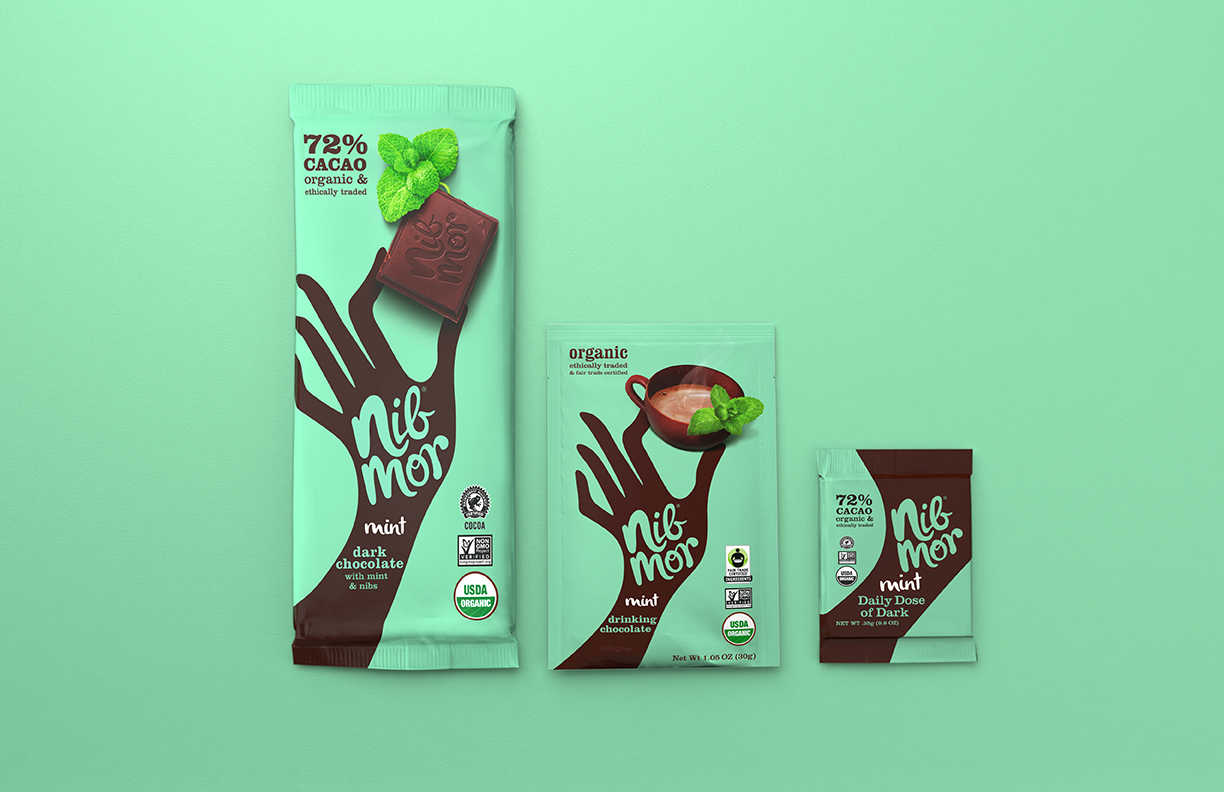
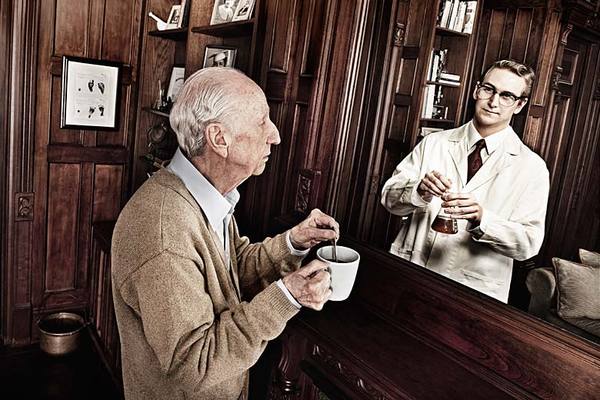
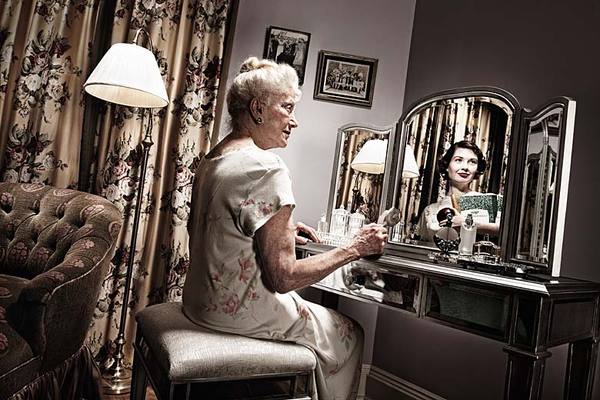

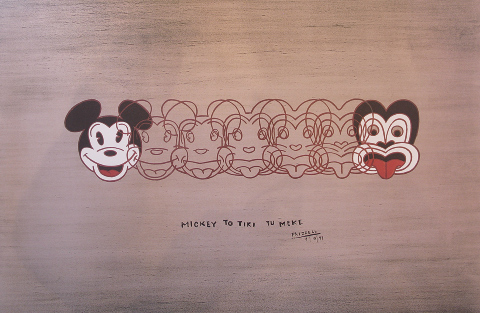
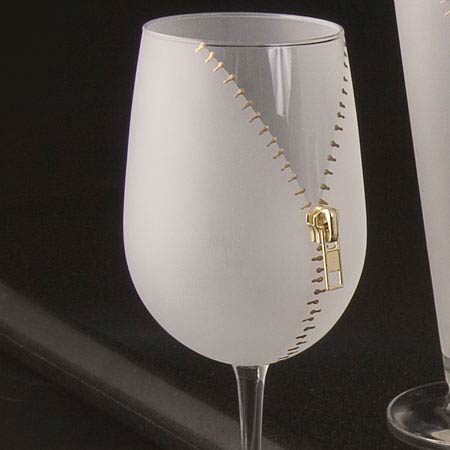
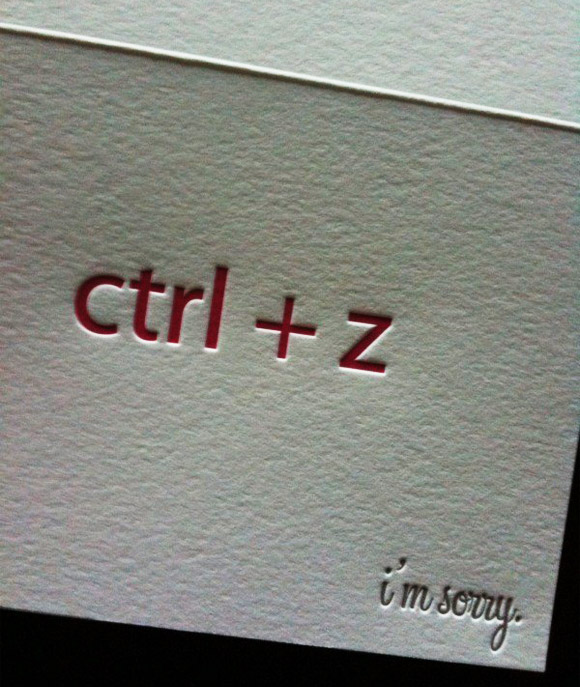
Thanks for taking the time to read this article on #designingforfuture.
This blog post is a part of Design Blogger Competition organized by CGTrader
